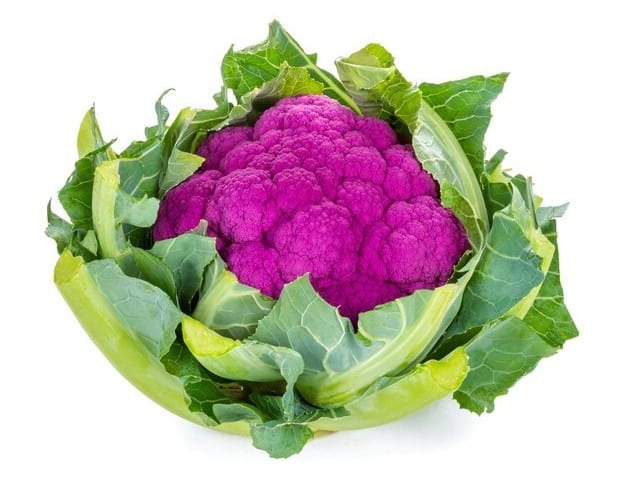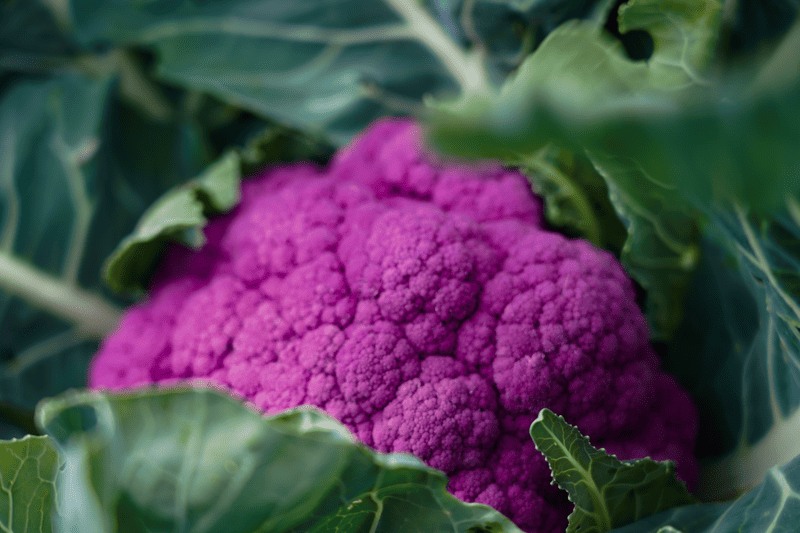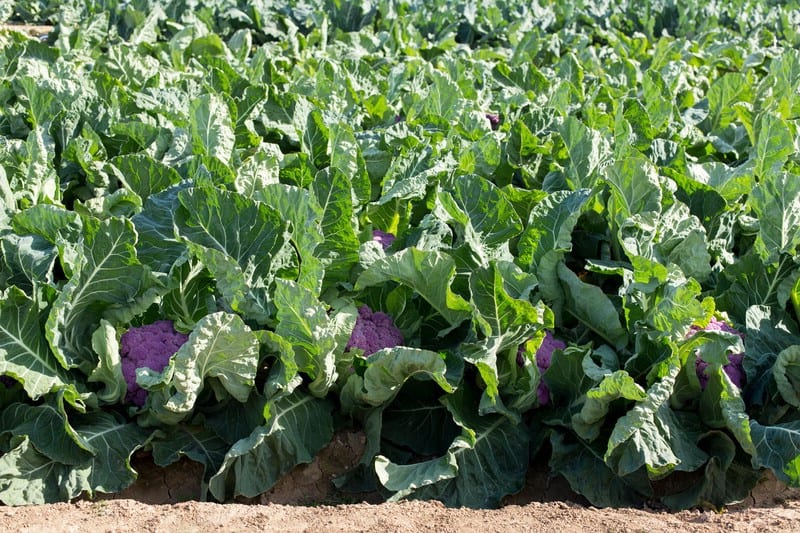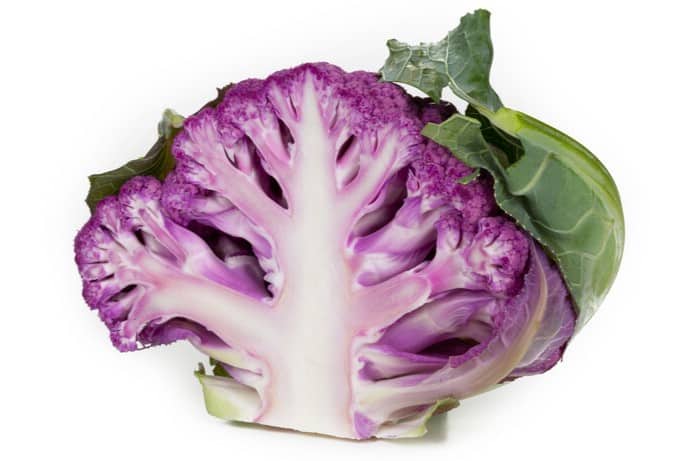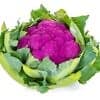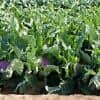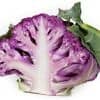Lavender RZ | F1 Purple Cauliflower Seed
SCIENTIFIC NAME: Brassica oleracea var. botrytis
CULTURE: Cauliflower prefers a well-drained, fertile soil high in organic matter, a pH of 6.07.5 with consistent moisture throughout the growing season. Irrigate regularly for best results. Cauliflower does not do well in hot weather; the best success is with spring and autumn crops.
EARLY SPRING CROP: Use early and midseason varieties. Sow in 72-cell plug flats. Seedlings should be ready to transplant in 4-6 weeks. If possible, keep soil at least 21C until germination, and 16C thereafter. Transplant outdoors when seedlings are no older than 4-5 weeks old. Older plants tend to be stressed and do not perform as well as actively growing seedlings. Harden plants carefully by gradually increasing cold before transplanting out, 45cm between plants and 60-75cm between rows.
AUTUMN CROP: Use midseason and storage varieties. Start seedlings as above in November and transplant to the garden in December-January. To ensure mature heads, seed the crop early in areas where heavy frosts occur early in autumn.
WINTER CROP: Successful cauliflower crops can be grown where winters are mild (temperatures rarely below 0C). Transplants can be set out from March to August in these regions.
DIRECT SEEDING: Sow 3-4 seeds 35cm apart, 12mm deep, rows 60-75cm apart, thinning to one plant in each group.
DISEASES: Adhere strictly to a preventive program including: (1) long crop rotations with non-cruciferous crops, (2) clean starting mixes and outdoor seedbeds, and (3) strict sanitation practices. Black rot can be seed-borne.
NOTE: A disease-free test result means that in the sample tested, the pathogen targeted was not found. It does not guarantee a seed lot to be disease-free. However, no method of seed treatment can positively insure freedom from disease. We are glad to help with specific questions.
INSECT PESTS: Repel flea beetles and root maggots on young seedlings by covering with floating row covers from day of planting. Treat flea beetles with insecticides such as pyrethrin or azadirachtin if heavy pressure is observed. For cabbage worms and loopers, use Bacillus thuringiensis (Bt) DIPEL. Cutworm prevention: Cultivate soil 2-4 weeks before planting to work in cover crops and destroy weeds.
BLANCHING: When small white heads become visible through leaves, gather the outer leaves over the head and tie with string or a large rubber band to preserve white curd colour. Although tying is not necessary to grow cauliflower, the practice helps prevent yellowing of the curd due to exposure to sunlight and results in better head quality when curd develops during hot weather.
HARVEST: Keep an eye on development, cutting heads when desired size is obtained but before the curds becomes loose, or “ricey.”
STORAGE: Store at 0C and 95-98% relative humidity for 2-3 weeks.
SIZED SEEDS: Standard except where noted.
SEED SPECS: Seeds/500g: 84,000-164,400 (Avg. 105,800)
Quick Facts
- Optimum germination Temp: 30C
- Latin Name: Brassica oleracea var. botrytis
- Days to Maturity: 70 days mid-summer, 80 days autumn




